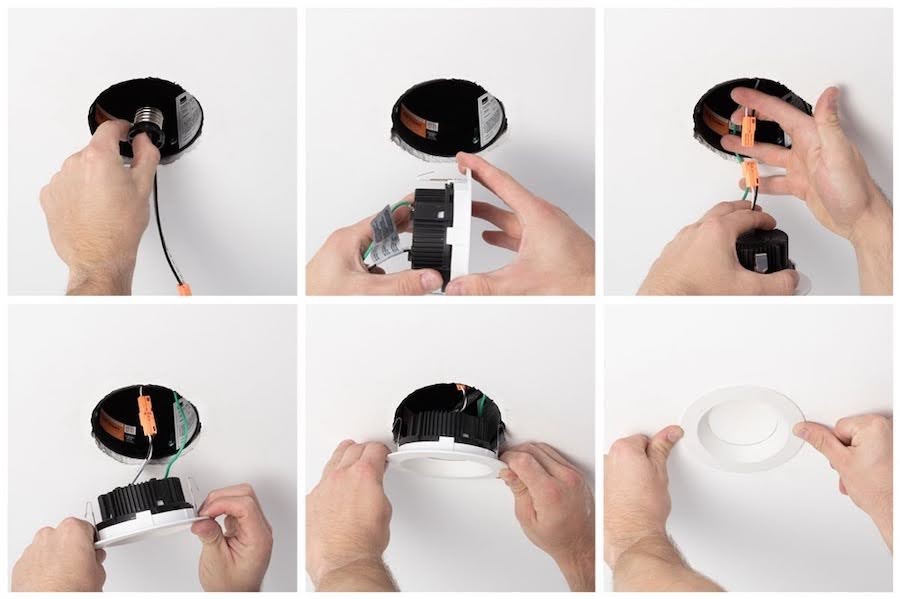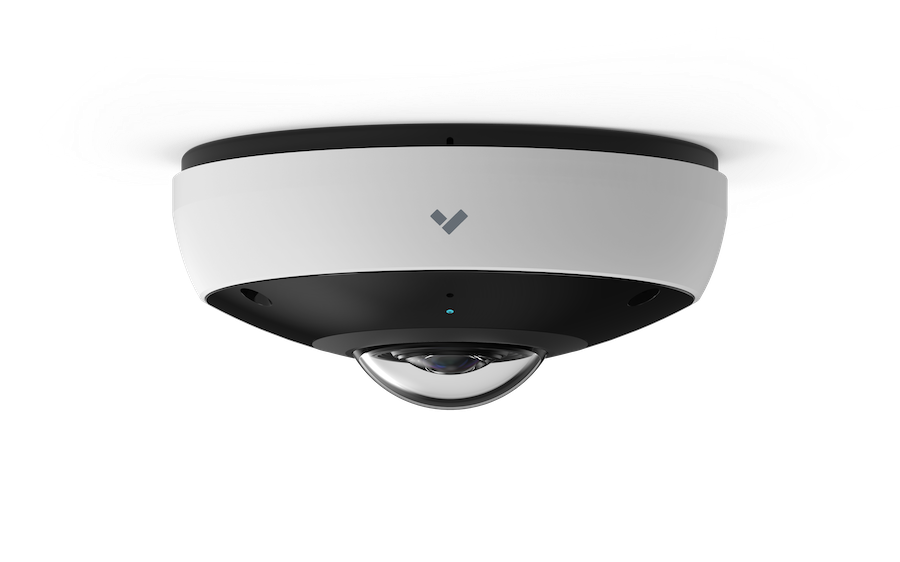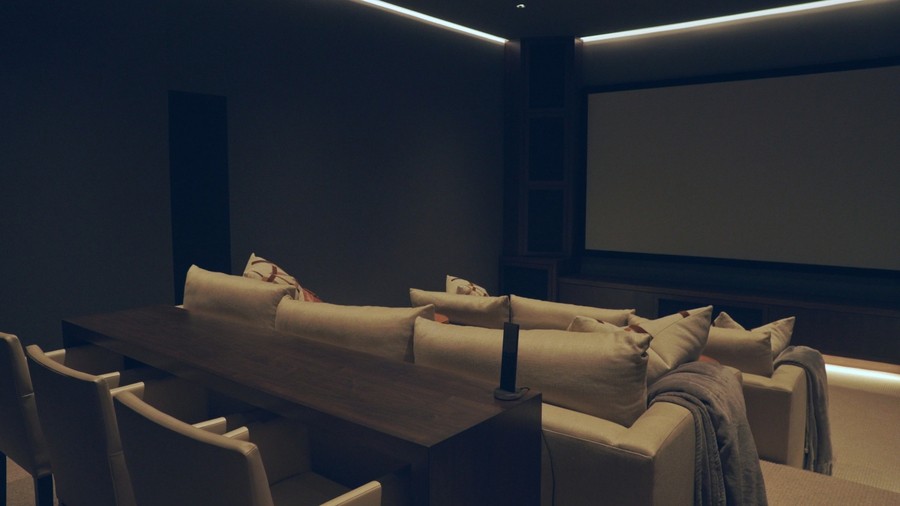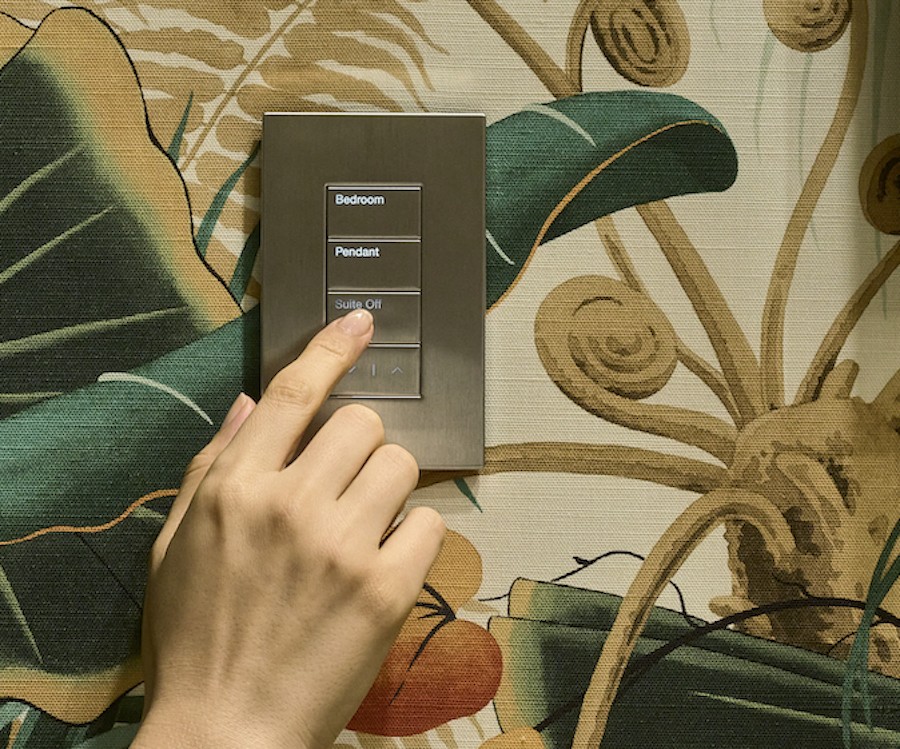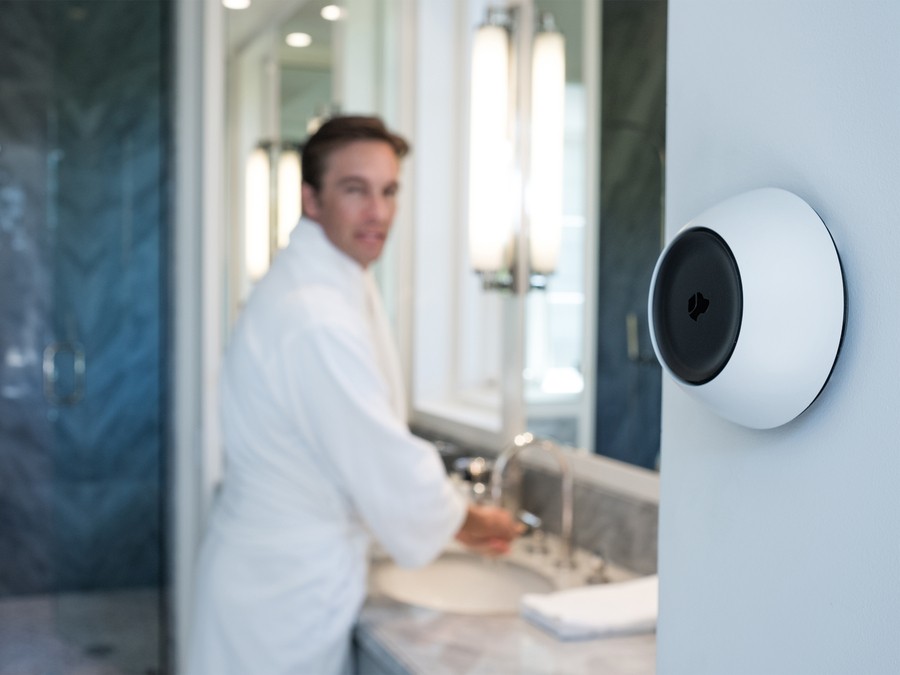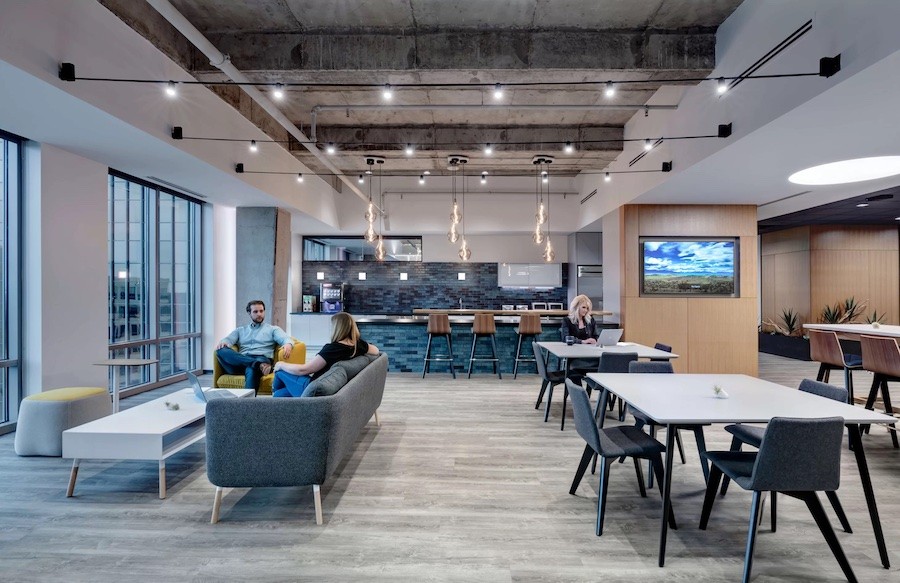A Simple Upgrade to an LED Lighting Design
Did you hear the news? The U.S. has officially implemented a ban on incandescent (Edison) light bulbs. Although this is a positive development for the environment, many individuals are not pleased about the loss of warm, cozy, incandescent lights.
Thankfully, this doesn't mean that you'll be stuck with icy, bright lights from now on. LED lighting has made significant advancements and is now available in various color temperatures and levels of brightness. This is an ideal opportunity to upgrade to a new LED lighting design that features high-quality LEDs and a smart control system.
Why should you consider retrofitting your home's lighting design?
Explore the advantages and see how a lighting installer can completely transform the ambiance and energy usage in your Southlake, TX, home. If you're interested in learning more, reach out to Texadia Systems for further information.



